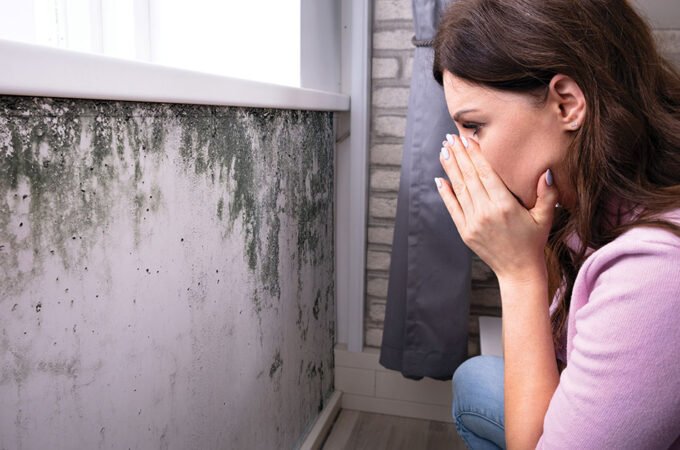
What Does it Take to Clean Your Old Oak Beams? Here’s Your Best Guide
Oak beams are widely seen across the whole of the UK, and they add a lot of charm and prestige to various buildings. But while oak beams are known for their hardiness and versatility and long lifespan, they can still be at risk of becoming damaged due to constant exposure to sunlight, damp and moisture, soot, or insect infestation. Oak is a strong wood, for sure, but if you want your old oak beams to become even more beautiful and you would like to restore their natural beauty and appeal, you need to know what it takes to clean your old oak beams. How can you do it properly, then? Here’s your best guide.
- Regular cleaning
For regular surface cleaning, all you need is a soft brush. Simply use the brush to remove whatever loose dirt or dust has accumulated on the oak beams. This can already make a huge difference. But remember not to use a brush with wire bristles, as this can end up damaging the beams. The wires in the brush may even allow grime and dirt to adhere to the surface of the beams more easily, which will make it harder for you to clean them in the future.
- Removing paint
In the 1960s through to the 1970s, it was popular for building owners to paint oak beams in brighter colours to match the existing wall paint or décor. If you would like to remove an old coat of paint on your oak beams, you can use a paint stripper. If you are aiming to remove limewash or whitewash, you can make use of a chemical poultice that can bind with the whitewash or limewash so you can just scrape it off. But here’s another reminder: when removing old paint, keep in mind that paint from the 1970s often had lead, which can release toxic and dangerous fumes when it is heated, so never use any heat guns or blowtorches. You should also avoid sanding because the lime or lead in the produced dust may also be harmful and toxic. If using paint strippers, make sure you have the proper safety gear and equipment; you should also make sure the area is adequately ventilated.
- Removing blackened stains
Old oak beams can become ‘black’ when they have been continuously exposed to moisture and damp over the years, so to remove the blackened stains, you may be able to use a mildew or mould remover. You should, however, avoid the use of products with bleach as they can end up damaging the beams as well.
- Finishing oak beams
If you are finishing your old oak beams, avoid linseed oil since it doesn’t completely become absorbed by the wood, leaving a sticky and unsightly residue. With this residue, dust and dirt can easily become trapped on the surface. If you want a traditional look, you can use beeswax polish, applying it in a thin layer and then polishing it to become shinier, as recommended by beam renovation specialists.
If you aren’t that confident handling and treating your old oak beams yourself or if your oak beams have already suffered more extensive damage or more serious issues, it’s best to depend on a professional oak beam restorer; they will know exactly what to do.






